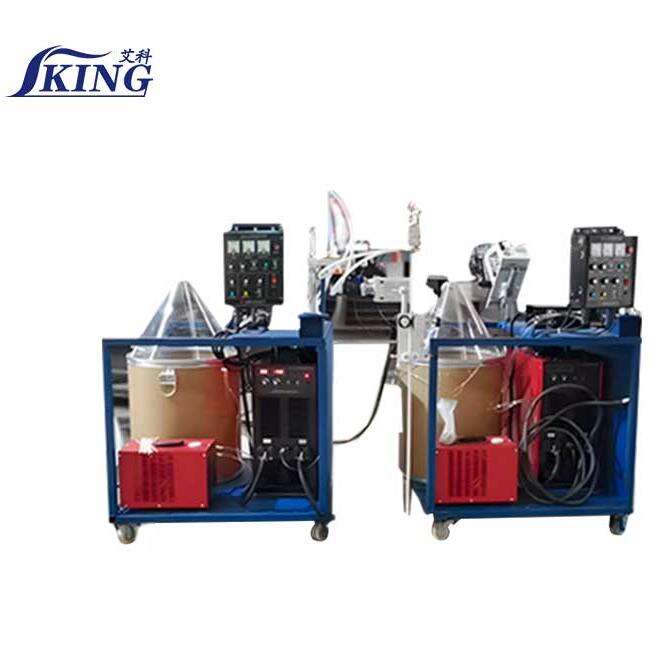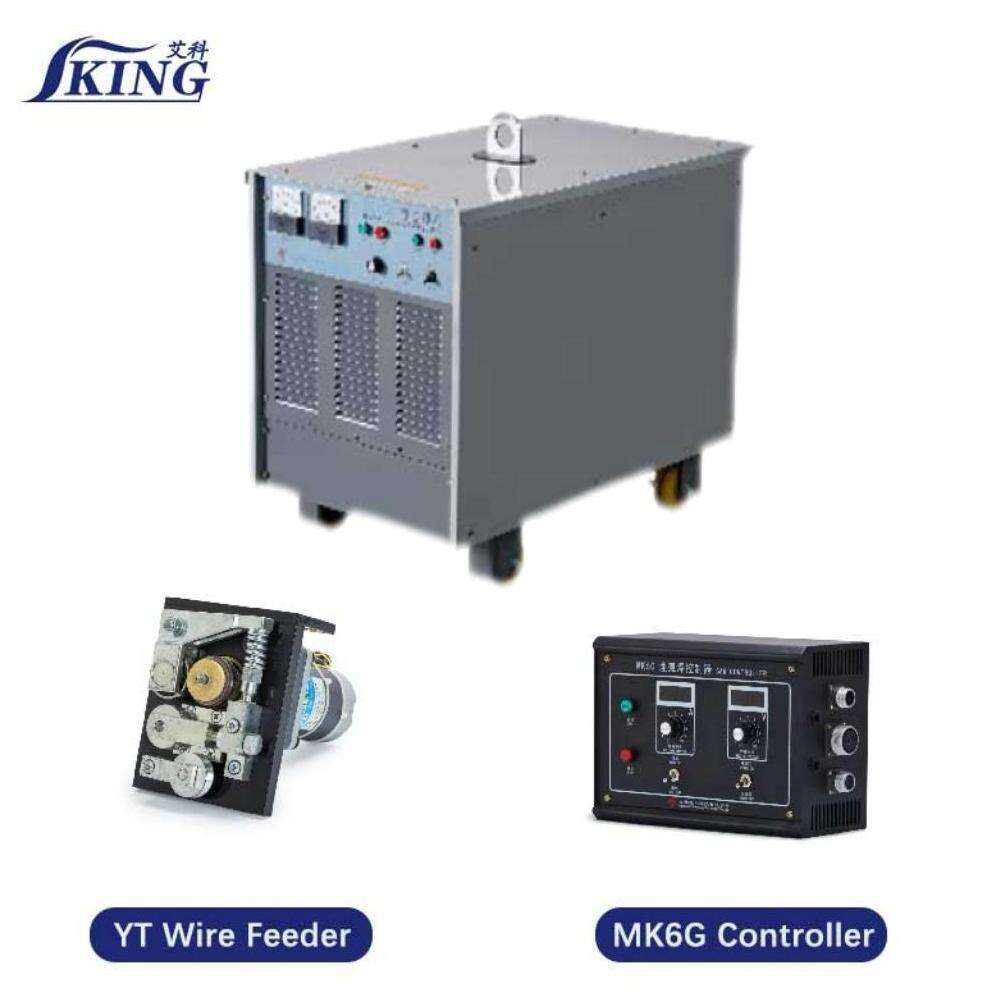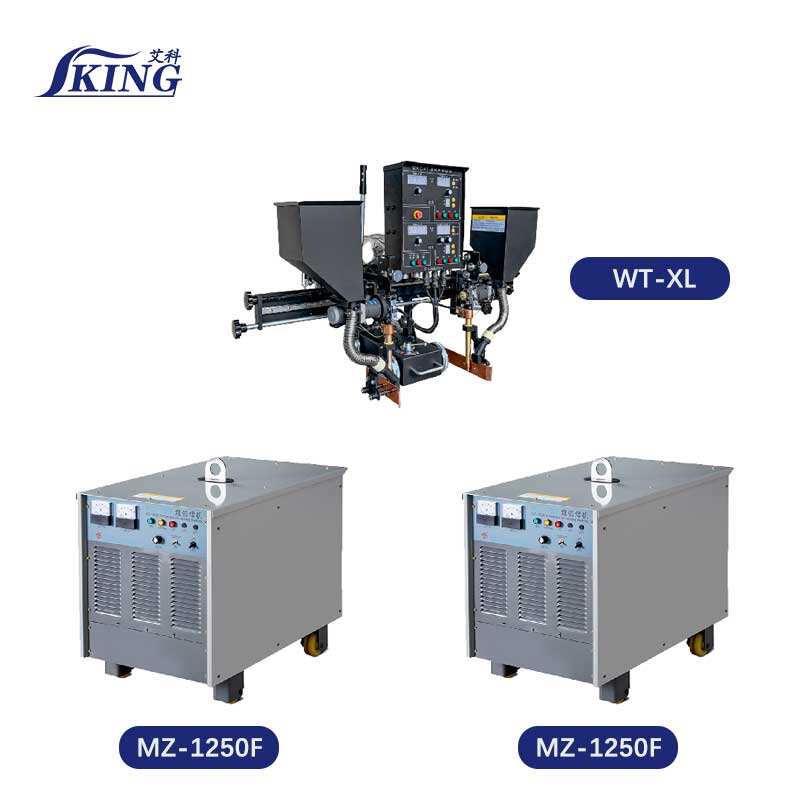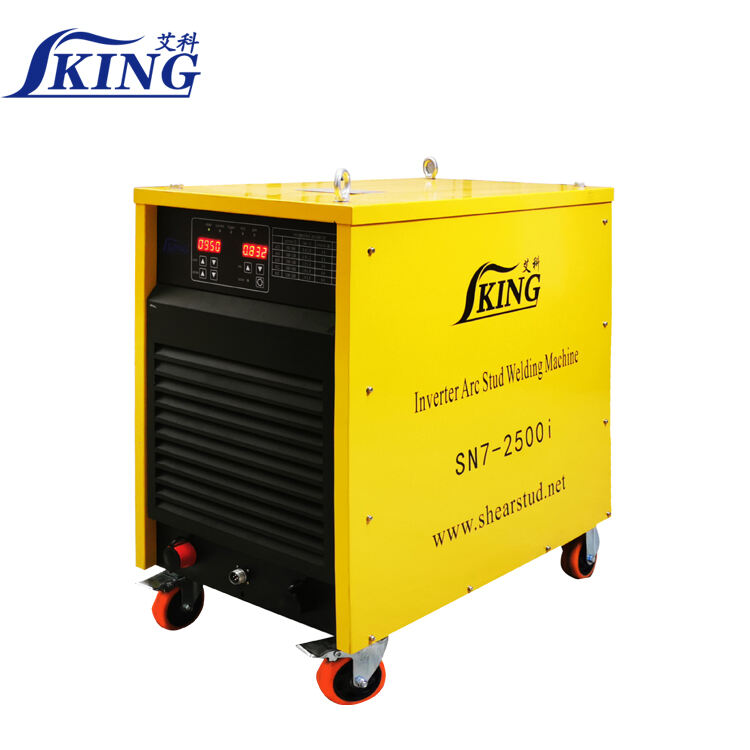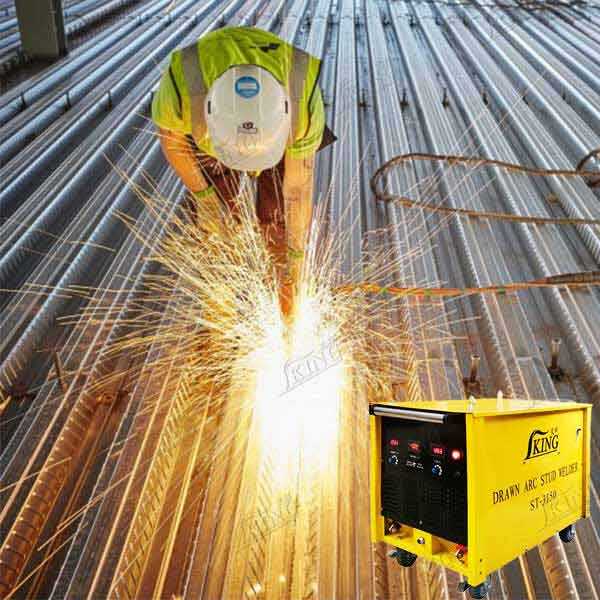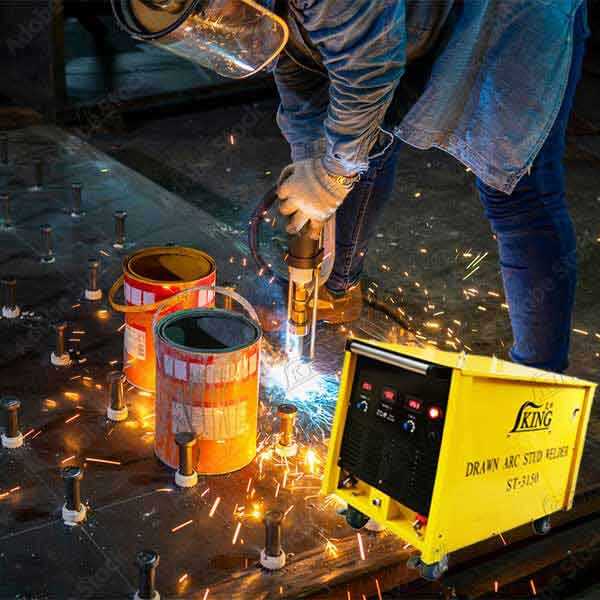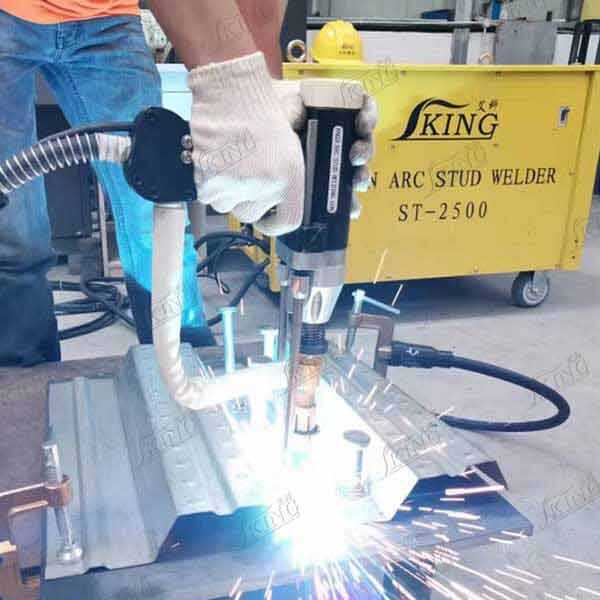stud arc welding
Stud arc welding is a highly efficient and precise welding process that automatically joins metallic studs or fasteners to a base material through electric arc welding. This sophisticated process begins when a stud is loaded into a specialized welding gun, which positions it against the workpiece. A ceramic ferrule is then placed around the stud to contain the molten metal and shield the weld area. When activated, the system creates a controlled electric arc between the stud and the base material, generating intense heat that melts both surfaces. The stud is then automatically plunged into the molten pool, creating a permanent, high-strength joint within milliseconds. This technology is particularly valuable in industrial applications where rapid, reliable fastener attachment is essential. The process can be used with various materials, including steel, stainless steel, and aluminum, making it versatile for different manufacturing needs. One of the most significant advantages is that it leaves no visible marks on the reverse side of the workpiece, making it ideal for applications where appearance is crucial. The process is widely used in automotive manufacturing, shipbuilding, construction, and electrical industries, offering consistent weld quality and high production rates.

